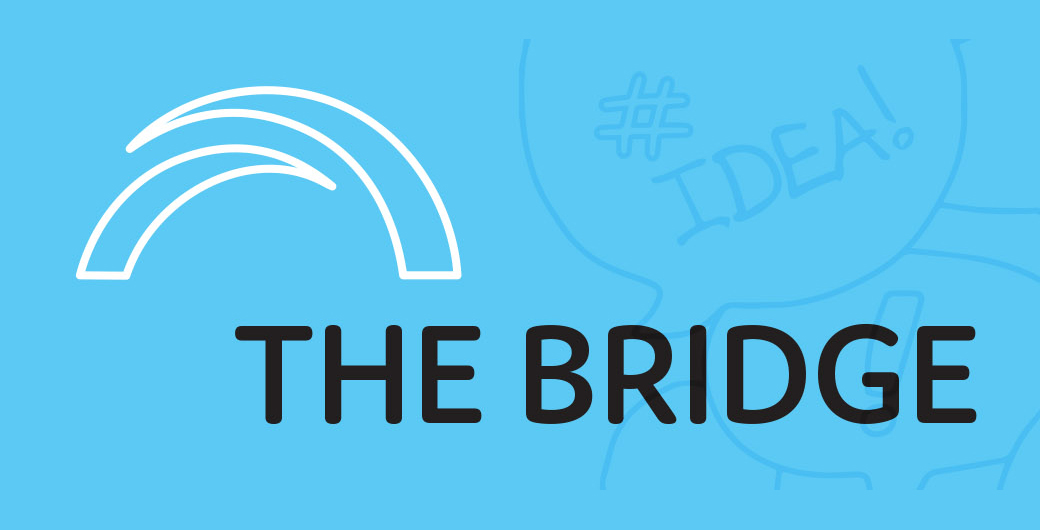
Addressing policy challenges requires tools that can navigate complexity for better policy processes and outcomes. Attention to Artificial Intelligence (AI) tools and their use by governments has increased over the past decade. An article in Policy Design and Practice examines how governments are using and adapting AI tools for policy and public sector decision-making. There are positive expectations about AI and how it could, or should, be used to address a wide range of policy challenges. However, there is much less evidence of how public decision makers are actually using AI tools or detailed insight into the outcomes of its use.
The role of AI
Interest in how AI could benefit policy and decision-making has grown rapidly over the past decade. Debates have emerged about how AI should (or should not) be developed and applied with some governments creating national AI strategies to describe their intentions for development, use, and regulation of AI.
Public awareness of the promises and perils of AI is also rapidly increasing. There has been an exponential growth in the accessibility of these technologies in daily life (e.g. generative AI such as ChatGPT, personalised recommendations for social media and shopping, and smart home and voice assistants), as well as scandals about unethical uses of AI by governments and companies.
Examples of the latter include bias and racialisation in the development and use of Facial Recognition Technologies by law enforcement in the UK and the US. These cases illustrate what can go wrong when technologies are applied to complex real-world scenarios without:
- a clear understanding of the limits of the technology
- an unambiguous definition of the problem the technology is being applied
- clarity on what the desired outcome is.
About the research
The research sought to identify cases shed light on current government and public policy use of AI with a specific focus on AI being applied to sustainability policy challenges. These challenges are defined by their complexity and interconnected nature and are therefore a potentially fruitful area for the application of AI technologies.
What the research found
There was a consistent gap between the promise and reality of AI use for addressing sustainability policy problems across three perspectives: academic developer/theorist; government/policymaker; and advisor/consultant.
Academic developer and theorist perspectives
Articles and reports from AI developers and policy theorists have explored the multiple ways AI could be used in policymaking for sustainable development, as well as how AI should be developed and implemented to improve policy processes and outcomes. There was a lack real world case studies in the articles. This highlighted a gap between expectations about the possibilities for AI in sustainability policy and available records of actual AI use and outcomes. Without policymaker input or validation, they cannot provide insight into what happens when AI is applied to complex, real-world scenarios.
Government and policymaker perspectives
More than 60 countries around the world have published dedicated AI strategies and many are in the process of developing them. A review of the national AI plans from Australia, the UK and the European Union shows a gap between promise and reality.
Each plan aims to set positive expectations in using AI to improve economic and social outcomes. These documents tell a story about the potential for AI to increase productivity and address environmental concerns but tend to omit detailed descriptions of how AI is or will be used to achieve these outcomes.
Advisor and consultant perspectives
The market for AI-related solutions for government work is multi-layered and includes think tanks, consulting firms and advisory bodies. Reports illustrate the state-of-play, benefits and constraints of the adoption and deployment of AI tools at scale by government. Their findings reiterate the point that the work on commissioning, designing, and implementing AI in the public sector is still in its infancy, making evaluation difficult.
Translating the promise of AI into practice
The review identified a lack of information on how governments might actually be using AI and offered few insights into the impact of AI use in the real world. It concluded there are four lessons for AI developers and policymakers who want to translate the promise of AI technologies for sustainability policy problems into practice:
- Document and evaluate AI’s application to sustainability policy problems in the real-world.
- Focus on existing and mature AI technologies, not speculative promises or external pressures.
- Start with the problem to be solved, not the technology to be applied.
- Anticipate and adapt to the complexity of sustainability policy problems.
There is agreement on the potential for AI techniques in public policy to facilitate social, economic, and environmental good. At the same time, the use of AI could be harmful and exacerbate the same problems it has been integrated to help solve. To reap the benefits and address the potential issues of AI, the following is needed:
- more evaluations and public reports of real-world case studies
- an appreciation of the current state of AI and its limitations
- the ability to fit AI tools to actual policy problems
- a system of implementation that is reflexive and flexible.
Want to read more
Artificial intelligence and complex sustainability policy problems: translating promise into practice – Ruby O’Connor, Mitzi Bolton, Alexander K. Saeri, Tom Chan and Ross Pearson, Policy Design and Practice, May 2024
Each fortnight The Bridge summarises a piece of academic research relevant to public sector managers.

Another recent Research Brief on issues around AI is:
- Published Date: 2 July 2024
